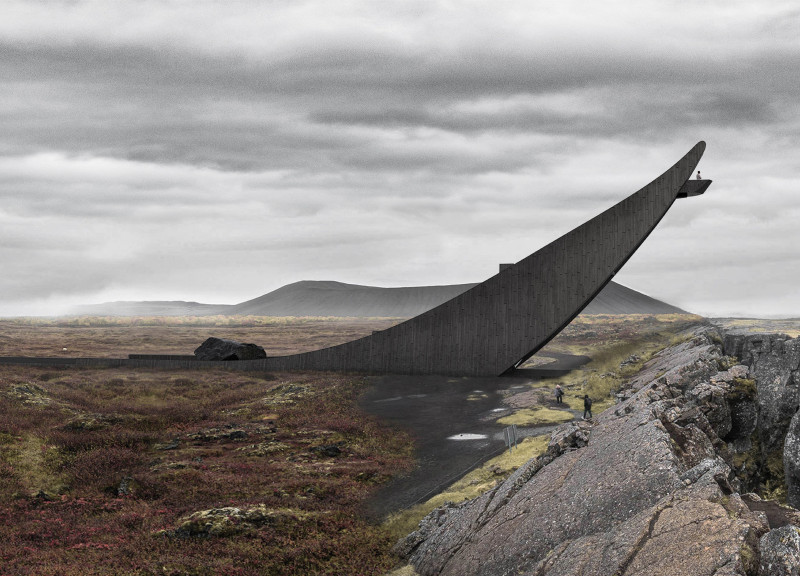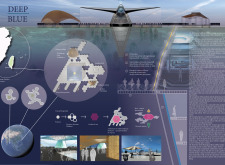5 key facts about this project
The DEEP BLUE Taiwan Pavilion stands as a notable structure at the edge of the sea, engaging with both the water and the sky. It serves as an underwater research station and a cultural pavilion, connecting people to marine and atmospheric environments. The design features a diamond-like shape, symbolizing clarity and the human desire to understand the unknown.
Architectural Composition
The pavilion comprises multiple functional areas that promote interaction and learning. The culture pavilion includes workshops, a café, and spaces for conferences. These elements encourage both local and international visitors to engage with the building and its purpose. The design reflects a commitment to community involvement while supporting narratives of scientific and cultural discovery.
Structural Integrity
A series of anchored pontoons form the pavilion's main structure, creating a flexible platform that can adapt for various events. This design minimizes environmental impact by maintaining stability in the marine setting. The anchored core provides a secure foundation, allowing the surrounding ecosystem to thrive without disruption.
Material Selection
Transparency and light are central themes, achieved through the use of Prisma glass in the façade. This choice allows natural light to fill the interior while creating a connection with the outdoor landscape. Metal sandwich construction ensures durability, and the railings, made of metal wiring infill, enhance safety. The plastic pontoons are designed with circular air infill, ensuring they float well and remain stable in fluctuating water levels.
Design Detail
The pavilion’s base features fiberglass reinforced plastic formwork, providing a robust foundation for the structure. Acrylic underwater glass panels create opportunities for immersion, allowing visitors to look into the marine world below. This design encourages exploration and inquiry, merging the realms of science and nature in a meaningful way.



















































